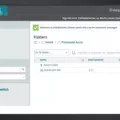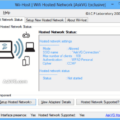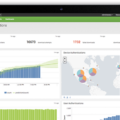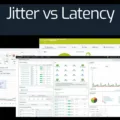BGP route selection is a critical process in keeping a network secure, stable, and efficient. It’s an essential part of any network administrator’s job to understand how BGP works and the various criteria used when selecting routes.
Border Gateway Protocol (BGP) is a routing protocol used to exchange information between networks, allowing routers to determine the best path for data packets. It is the most widely used exterior gateway protocol (EGP) on today’s internet. BGP uses several criteria when selecting routes, including Weight, Local Preference, Origin, AS-Path, Origin Code, MED (Multi-Exit Discriminator), eBGP over iBGP Path, Shortest IGP Path, and Router ID.
Weight is the first criterion used by BGP when selecting routes. The highest weight value will be preferred over other paths with lower weights. This allows administrators to have fine control over their route selection process and prioritize certain traffic streams or paths over others. Local Preference is also an important factor when choosing which route should be installed into a router’s routing table. If multiple routes share identical weights then local preference will be used to determine which one should be selected as the best path.
Origin is another key factor that BGP takes into account when making route selections. This indicates how a particular route was learned by the router; whether it was locally originated or imported from another autonomous system (AS). The AS-Path determines how many autonomous systems must be crossed before reaching their destination; shorter paths are usually preferred over longer ones as they are more efficient and reliable. Origin Code indicates whether the route originated from an internal or external source and can help determine which one should be chosen if there are multiple options available with similar metrics such as weight or local preference.
The Multi-Exit Discriminator (MED) attribute allows administrators to influence external neighbors’ preference for incoming traffic from their AS into another AS. A lower MED value will tell other neighboring ASes that this particular path should be preferred over other paths with higher MED values for incoming traffic into their ASes. Finally, eBGP over iBGP Paths allow external neighbors’ routes to take precedence over internally learned paths if both have equal attributes such as weight or local preference assigned to them; this ensures that external neighbors will never receive inferior routing information than what they sent out initially.
understanding and properly configuring BGP route selection can help ensure optimal performance of your network while simultaneously preventing malicious attacks or data leaks coming in through insecure routes provided by third parties such as ISPs or cloud providers. By taking into account different criteria such as Weight, Local Preference, Origin Code, etc., administrators can make sure their networks remain secure and efficient at all times!
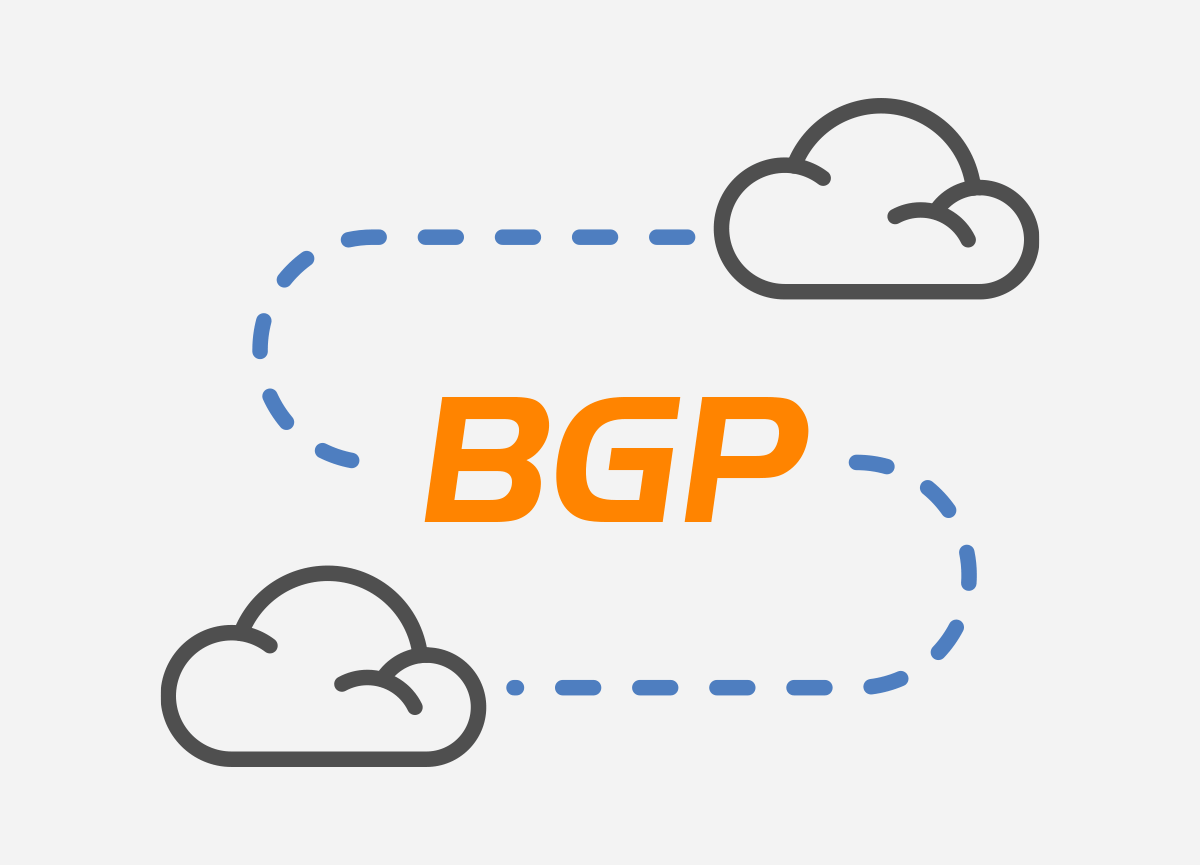
Selecting Routes with BGP
BGP (Border Gateway Protocol) is a routing protocol used to exchange routing and reachability information between autonomous systems (ASs) on the Internet. The BGP Best Path Selection Algorithm is used by BGP routers to select and install the best routes into their routing table.
When two BGP routers form a neighbor relationship, they exchange their respective routing tables with each other. The Best Path Selection Algorithm is then used to determine which routes are best for each router based on the criteria outlined in RFC 4271.
The Best Path Selection Algorithm takes into account several factors, such as the origin of the path, the length of the AS_Path, the Multi-Exit Discriminator (MED), and other attributes like local preference. The algorithm also considers whether or not a route is valid and feasible. In addition, it also takes into account external policies that may be configured by an administrator in order to influence route selection.
Once these factors have been taken into consideration, the most preferred route from among all valid paths will be selected and installed in the router’s routing table. This process will be repeated for all routes received from their neighbors until all routes have been evaluated and installed in the router’s routing table.
Evaluating the Best Path Chosen by BGP
The best path chosen by BGP will depend on the criteria used to measure the paths. The primary selection criterion for BGP is weight, which is an attribute assigned to each route and is used to determine the most preferred route. If multiple routes have the same weight, then local preference is used to determine the most preferred route. Other criteria such as origin, AS-Path, origin code, MED (Multi-Exit Discriminator), eBGP over iBGP path, and shortest IGP path are also taken into consideration when selecting a path. Ultimately, all of these criteria are used to ensure that the best possible route is chosen for routing traffic across networks.
Selection of BGP Router ID
The BGP router ID is selected based on the highest IP address assigned to the router. If there is a loopback interface configured, then the IP address of the loopback interface will be used as the router ID. If not, then the highest IP address among the active interfaces of the router will be used. It is important to note that multiple BGP processes running on a single router can have different router IDs, as each process can select its own highest IP address from which to assign its ID.
Differences Between EBGP and IBGP Route Selection
The difference between eBGP and BGP route selection is based on the source of the route. With BGP, the route selection process is based on the BGP attributes associated with the external route. The BGP attributes include values such as AS path, local preference, MED value, and weight. With iBGP, the route selection process is based on the internal router’s own policy for selecting routes from its iBGP peers. This policy might be based on any number of factors such as load balancing or link availability. Additionally, an iBGP-learned route will not be advertised to another iBGP peer by default, whereas an eBGP-learned route will be advertised back to both IBGP and eBGP peers by default. As a result, AS paths are not prepended to routes when advertised to an IBGP peer.
Remembering BGP Path Selection
The best way to remember BGP path selection is to use a mnemonic device. The letters in the mnemonic stand for the criteria used to determine which route is chosen: LOCAL_PREF (Local Preference, highest is best), AS_PATH (AS Path, shortest is best), ORIGIN (Origin Type, IGP is lower than EGP and EGP is lower than Incomplete), MED (Multi-Exit Discriminator, lowest is best), PATHs (External > Internal) and RID (Router ID, lowest is better). By associating each letter with its corresponding criteria, you can easily remember the order in which paths are selected.
Types of Routing Performed by BGP
Border Gateway Protocol (BGP) is a widely used routing protocol that is responsible for inter-domain routing on the Internet. It is the most commonly used exterior gateway protocol for exchanging routing information between different networks. BGP is mainly used to facilitate communication between autonomous systems (ASes), which are collections of networks and devices managed by a single organization or entity.
BGP performs three main types of routing: path selection, route aggregation, and loop avoidance.
Path selection determines the best route to a destination based on criteria such as hop count, cost, origin AS number, and policy rules. Route aggregation allows multiple routes to be combined into one larger route so that fewer entries are used in the router table. Loop avoidance helps prevent routing loops from occurring by using various mechanisms such as split-horizon and hop count limits.
Overall, BGP’s efficient route selection capabilities make it an integral part of the Internet’s infrastructure.
Manipulating Traffic with BGP
To manipulate traffic in BGP, customers can use certain attributes such as MED (Multi-Exit Discriminator), AS-PATH, and BGP communities in their updates sent to providers. MED is a metric that is used by providers to determine the best route for forwarding traffic. By manipulating the MED values, customers can influence the preferred path of inbound traffic from the provider.
Another method of manipulating traffic in BGP is through the longest prefix-matching behavior. This is accomplished by injecting conditional routes into the BGP routing table. These routes have an extended prefix length that causes them to match more specific routes that are already present in the table and thus take precedence over them. The customer can then send their traffic through these preferred paths.
The Maximum Number of Routes BGP Can Handle
The Border Gateway Protocol (BGP) is the standard routing protocol used to route traffic between autonomous systems on the Internet. BGP is capable of handling up to 65,535 routes, although in practice most implementations of BGP will have a limit of around 500,000 routes. This is due to memory constraints, as each route requires additional memory for storing the information about the route and its associated attributes. Additionally, BGP has been known to experience performance issues when handling large numbers of routes, such as beyond 500,000. As such, it is advisable that network administrators carefully monitor any BGP tables and ensure they remain within an acceptable limit.
Selecting the Best Path for a Router
The best path selection of a router is the process by which a router determines the optimal route for data packets to travel from one network to another. This is done using a routing protocol, which uses certain metrics to determine the distance between networks. The metric used can vary depending on the type of protocol, but generally includes factors such as hop count (the number of routers in between two points), bandwidth, delay, and reliability. The lower the metric value, the shorter and more reliable the path will be. The router then selects the path with the lowest metric value as its best path.
The Advantages of Using EBGP Over IBGP
The reason why eBGP is preferred over iBGP is that it provides a more reliable and secure link between two autonomous systems (AS). BGP links are typically external connections, while iBGP links are internal connections. The external connection provides additional security measures such as authentication and encryption that can help protect the network from malicious actors. Additionally, the external connection is less likely to be affected by internal issues within the network, making it more reliable. By default, BGP routers will always prefer an eBGP route over an iBGP route due to the higher administrative distance associated with the route. This ensures that the most reliable and secure connection is always used for data transmission.
Conclusion
In conclusion, BGP is a powerful routing protocol that allows routers to exchange information about routes on a network. BGP uses the Best Path Selection Algorithm to select the best route for each destination in the routing table. It considers several factors such as Weight, Local Preference, Origin Code, MED, eBGP over iBGP Path, and shortest IGP Path to determine which path is best. Additionally, it also considers the router ID of the neighboring router when selecting a route. Finally, eBGP routes are advertised to both IBGP and EBGP peers by default while IBGP routes are only advertised to EBGP peers by default.

